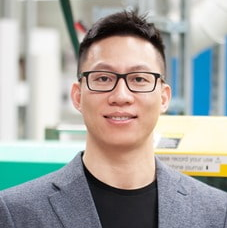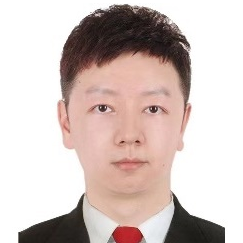Innovative Injection Molding and Polymer Processing Technology
A special issue of Polymers (ISSN 2073-4360). This special issue belongs to the section "Polymer Processing and Engineering".
Deadline for manuscript submissions: closed (30 October 2023) | Viewed by 6875
Special Issue Editors
Interests: injection molding; polymer processing; composites and blends; polymer foams
Interests: polymer processing; material characterization; low carbon and sustainability
Interests: injection molding and innovative plastics manufacturing processes; polymer processing principle and equipment; microcellular injection molding
Interests: plastics precision molding and automotive plastics manufacturing; tire optimization design and advanced manufacturing; melt-electrospinning and microfibre manufacturing; energy-saving and environmental application of polymer and green manufacturing
Special Issue Information
Dear Colleagues,
Injection molding is arguably one of the most important polymer processing methods and ranks number 1 in terms of number of machines, employment, and total product value that exceeds USD 210 billion per year, due to its advantages of low cost, high efficiency, and capacity for producing complex products. Many efforts have been made recently to ensure that the injection molding and polymer processing meet the requirement of low carbon and sustainable manufacturing, with some significant progress achieved.
This Special Issue aims to present the latest research and developments on innovative injection molding and polymer processing technology. Original, high-level research or review papers that cover a broad range of topics, including but not limited to innovative injection molding technology, artificial intelligence techniques for injection molding, innovative polymer processing technology, 3D printing and 3D copying, low carbon and sustainability, advanced injection machine, mold design, CAE simulation, composites and blends, and polymer foams, are highly welcome.
We invite researchers from all over the world to contribute to this Special Issue by submitting their papers.
Dr. Huaguang Yang
Prof. Bo Wu
Prof. Dr. Pengcheng Xie
Prof. Dr. Weimin Yang
Guest Editors
Manuscript Submission Information
Manuscripts should be submitted online at www.mdpi.com by registering and logging in to this website. Once you are registered, click here to go to the submission form. Manuscripts can be submitted until the deadline. All submissions that pass pre-check are peer-reviewed. Accepted papers will be published continuously in the journal (as soon as accepted) and will be listed together on the special issue website. Research articles, review articles as well as short communications are invited. For planned papers, a title and short abstract (about 100 words) can be sent to the Editorial Office for announcement on this website.
Submitted manuscripts should not have been published previously, nor be under consideration for publication elsewhere (except conference proceedings papers). All manuscripts are thoroughly refereed through a single-blind peer-review process. A guide for authors and other relevant information for submission of manuscripts is available on the Instructions for Authors page. Polymers is an international peer-reviewed open access semimonthly journal published by MDPI.
Please visit the Instructions for Authors page before submitting a manuscript. The Article Processing Charge (APC) for publication in this open access journal is 2700 CHF (Swiss Francs). Submitted papers should be well formatted and use good English. Authors may use MDPI's English editing service prior to publication or during author revisions.
Keywords
- innovative injection molding technology
- artificial intelligence techniques for injection molding
- innovative polymer processing technology
- 3D printing and 3D copying
- low carbon and sustainability
- advanced injection machine
- mold design
- CAE simulation
- composites and blends
- polymer foams









